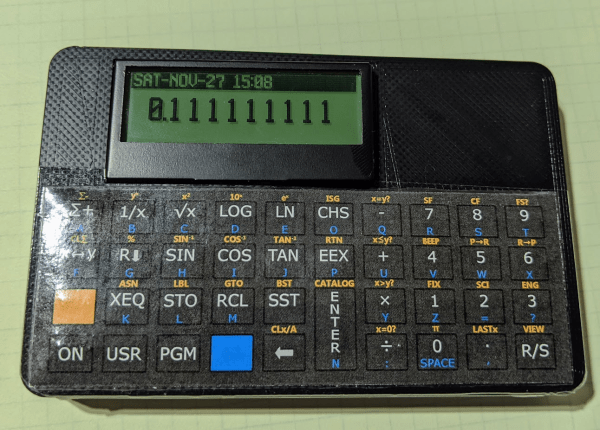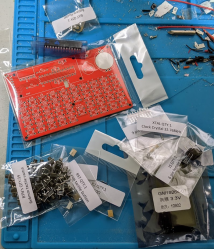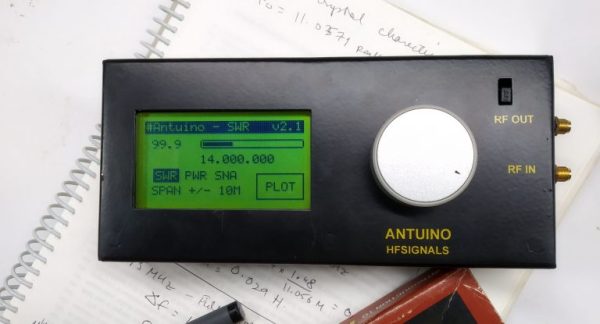Heathkit is a company that requires no introduction. From the mid-40s until the 90s, Heathkit was the brand for electronic kits ranging from test equipment, HiFis, amateur radio equipment, computers, to freakin’ robots. Their departure was a tragic loss for generations of engineers, electronic tinkerers and hobbyists who grew up with these excellent and useful kits.
Although Heathkit is dead, 2013 brought an announcement that Heathkit was back in the biz. A Facebook page was launched, a Reddit AMA was held, and the news was that Heathkit would rise from the dead in the first half of 2014. It’s now Christmas, 2014, and there’s no sign of Heathkit anywhere. Adafruit has been keeping a watchful eye on the on the (lack of) developments, and the only surprising thing to report is that there is nothing to report. There has been no new announcement, there are no new products, the “official” Heathkit website hasn’t been updated in a year, and no one knows what’s going on.
Adafruit has decided to dig into the matter, and while they’ve come up with a few items of note, there’s not much to report. A trademark for ‘HEATHKIT’ was filed October 27, 2014 – two months ago. An email was sent to the attorney of record and there has been no response.
This trademark was granted to Heathkit Company, Inc., incorporated in Delaware. Searching for any companies in Delaware using the Heathkit name returns exactly two results: Heathkit Company, Inc., and Heathkit Holdings, Inc.. Adafruit is probably going to pay the $20 to the Delaware Department of State to get the detailed information that includes Heathkit’s tax assessment and tax filing history.
The last bit of information comes from a whois on the heathkit.com domain. The relevant contacts have been emailed, and there are no further details. The Heathkit virtual museum was contacted for information, as was the news editor for ARRL.org. Nobody knows anything, or at least nobody is telling anybody anything.
To date, the only physical evidence of Heathkit’s rebirth is a geocache that was left at Brooklyn Bridge Park, announced during the Reddit AMA. This geocache was recovered by reddit user IFoundTheHeathKit, a throwaway account that had no posts before or since finding the cache. We have no idea what was in that geocache, what the ‘secret passphrase’ or set of instructions was, or if anything ever came of the promise to send one of the first new kits.
So there ‘ya go. A lot of words but no information. If you have any info, the Adafruit crew would like to have a word with you.
Update
The person who found the Heathkit geocache has been found:

The full comment referred to below is,
Hey, person who found the Heathkit geocache here. The secret passcode was an Einstein quote about radio vs wired communication (invisible cats), and they said they’d send me something in early 2014. Never had any communication except through FB, and they haven’t replied to any of my recent messages.
IFoundTheHeathKit might want to email Adafruit with a copy of all the emails.























